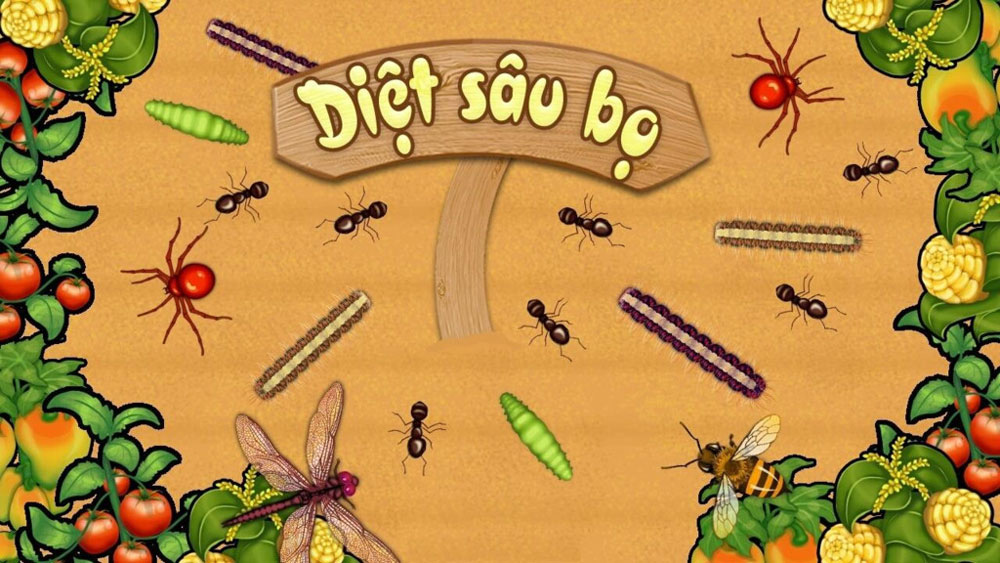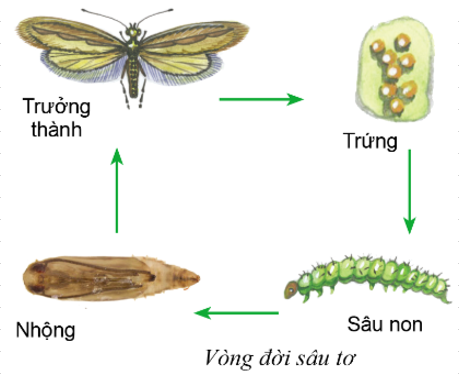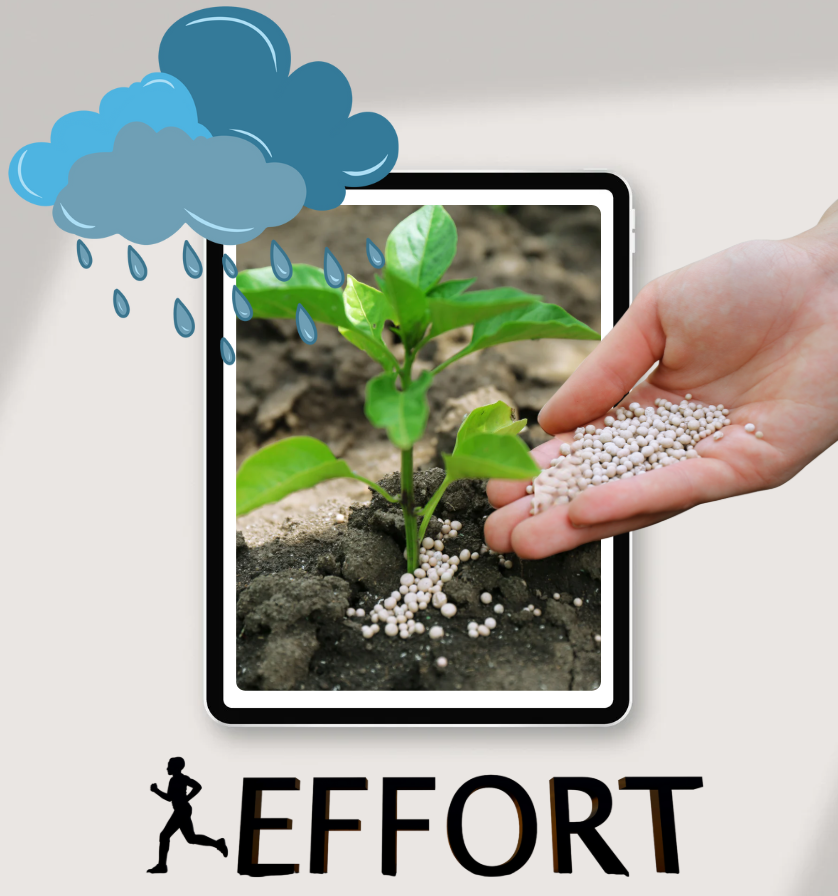
The Golden Stage for Pest Control: Key to Protecting Your Crops Effectively
Discover the golden stage for pest control to minimize crop damage and reduce pesticide costs. Timing your actions correctly is the key to a successful harvest!
Table of Contents
- Why Is Choosing the Right Stage for Pest Control Important?
- Developmental Stages of Harmful Insects
- When Is the Golden Stage for Pest Control?
- Consequences of Treating at the Wrong Time
- Tips for Identifying the Best Time to Spray Pesticides
- Conclusion
1. Why Is Choosing the Right Stage for Pest Control Important?

Spraying pesticides at random times does not guarantee high effectiveness.
When you control pests at the right time, you can:
- Achieve the highest pest kill rate (80–95%)
- Reduce pesticide use, saving costs
- Minimize the risk of pest resistance
- Maximize crop health and vigor
Conversely, mistiming the intervention wastes money, effort, and often worsens pest outbreaks.
2. Developmental Stages of Harmful Insects

Understanding the basic life cycle of pests is essential for effective control:
- Egg: The insect is dormant inside the shell, not yet damaging plants
- Larva (caterpillar/immature stage): Feeds aggressively, causing the most damage
- Pupa: Transitional phase, low activity, harder to eliminate
- Adult: Mobile, reproduces, lays new eggs, expands population
👉 The larval stage is when pests cause the most damage and are easiest to control.
3. When Is the Golden Stage for Pest Control?

🔵 The golden stage for pest control is right after pests hatch into larvae, before they mature and cause major damage.
✅ Key signs to watch for:
- Young leaves show small holes or slight tearing
- Discovery of freshly hatched larvae or small worms on leaves
- Plants show minimal visible damage
✅ Why act during this stage:
- Young larvae are weak, highly susceptible to pesticides
- Limited movement, concentrated in small areas, making spraying more effective
- Lower pesticide dosage needed, higher efficiency
- Minimal negative impact on beneficial insects like bees, ants, and spiders
📌 Example: For pests like diamondback moths, armyworms, or rice stem borers, the peak hatching period (1–3 days old) is the most effective time to spray.
4. Consequences of Treating at the Wrong Time

- Mature pests → Higher resistance to pesticides, harder to eliminate
- Pests burrow into stems or fruits → pesticide penetration is poor → control fails
- Adults migrate and lay eggs → outbreaks spread rapidly
- Increased costs, more spray cycles → greater environmental pollution
👉 End result: Crop losses, lower yields, and pesticide costs doubling or tripling.
5. Tips for Identifying the Best Time to Spray Pesticides

- Inspect fields or gardens every 2–3 days, especially during humid or rainy weather
- Track pest life cycles: e.g., diamondback moth eggs hatch 3–5 days after being laid
- Use light traps and sticky traps to detect early adult activity
- Monitor local pest forecasting bulletins to time applications accurately
- Choose appropriate pesticides: use systemic + contact products for young larvae
📌 In addition to chemical pesticides, integrate biological agents for safer, more sustainable pest control.
6. Conclusion
Choosing the right golden stage for pest control is crucial to determining the success or failure of your crop protection efforts.
Prevention is better than cure – regular monitoring and timely action will help you reduce costs, boost yields, and protect the long-term farming environment.
Bình luận
Những bình luận mới nhất



